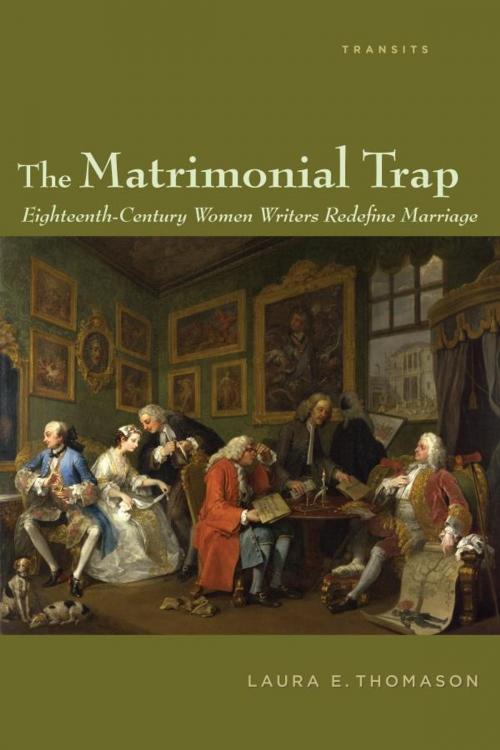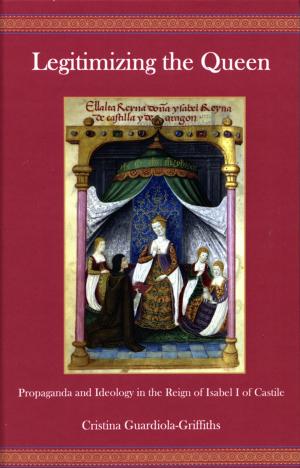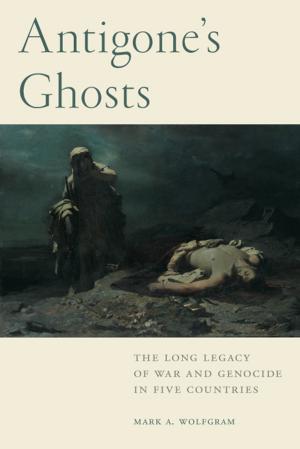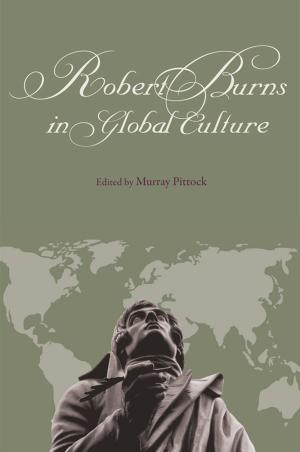The Matrimonial Trap
Eighteenth-Century Women Writers Redefine Marriage
Fiction & Literature, Literary Theory & Criticism, Feminist Criticism, Women Authors, Nonfiction, Social & Cultural Studies, Social Science, Gender Studies, Women&| Author: | Laura E. Thomason | ISBN: | 9781611485271 |
| Publisher: | Bucknell University Press | Publication: | December 5, 2013 |
| Imprint: | Bucknell University Press | Language: | English |
| Author: | Laura E. Thomason |
| ISBN: | 9781611485271 |
| Publisher: | Bucknell University Press |
| Publication: | December 5, 2013 |
| Imprint: | Bucknell University Press |
| Language: | English |
Mary Delany’s phrase “the matrimonial trap” illuminates the apprehension with which genteel women of the eighteenth century viewed marriage. These women were generally required to marry in order to secure their futures, yet hindered from freely choosing a husband. They faced marriage anxiously because they lacked the power either to avoid it or to define it for themselves. For some women, the written word became a means by which to exercise the power that they otherwise lacked. Through their writing, they made the inevitable acceptable while registering their dissatisfaction with their circumstances. Rhetoric, exercised both in public and in private, allowed these women to define their identities as individuals and as wives, to lay out and test the boundaries of more egalitarian spousal relationships, and to criticize the traditional marriage system as their culture had defined it.
Mary Delany’s phrase “the matrimonial trap” illuminates the apprehension with which genteel women of the eighteenth century viewed marriage. These women were generally required to marry in order to secure their futures, yet hindered from freely choosing a husband. They faced marriage anxiously because they lacked the power either to avoid it or to define it for themselves. For some women, the written word became a means by which to exercise the power that they otherwise lacked. Through their writing, they made the inevitable acceptable while registering their dissatisfaction with their circumstances. Rhetoric, exercised both in public and in private, allowed these women to define their identities as individuals and as wives, to lay out and test the boundaries of more egalitarian spousal relationships, and to criticize the traditional marriage system as their culture had defined it.















